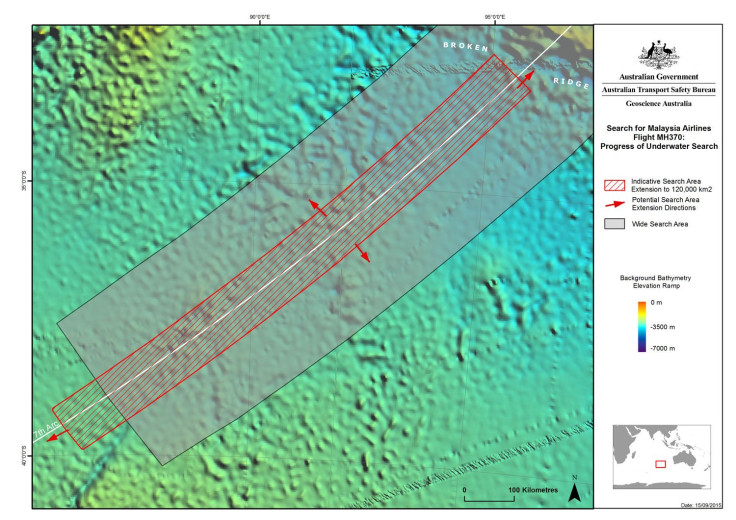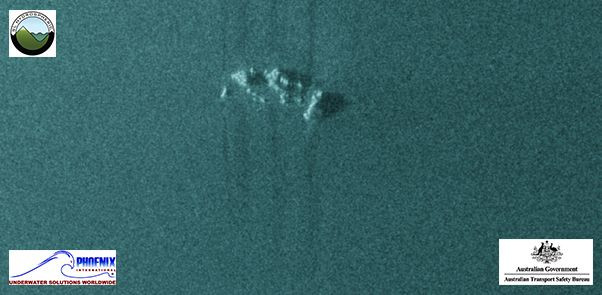MH370 Update: Search Vessel To Resurvey Specific Sites Of Interest After Flaperon Confirmation

The search for Malaysia Airlines Flight MH370 will focus on returning to more than 30 sites in the southern Indian Ocean where search vessels have previously made “sonar contacts of interest,” Australia’s Joint Agency Coordination Centre (JACC) said Wednesday. The latest development in the search operation comes weeks after French prosecutors confirmed that a wing component found in July on Réunion Island came from the missing plane.
Fugro Discovery, which arrived back in the search area after a resupply trip, will survey sites where certain objects termed as "Classification 2," have been found by search vessels till date, JACC said. Classification 2 sonar contacts are described as ocean objects that are “of comparatively more interest” but “still unlikely” to be of significance importance to the search operation.
“The resurvey of Classification 2 contacts will be conducted using the deep-tow at lower altitude and using higher frequency sonar,” JACC said, in a statement. “The higher resolution data from this method will enable the search team to identify the relevance of such contacts without the need to await the arrival of the autonomous underwater vehicle (AUV) which cannot be deployed until the weather improves in the summer months.”

An international search, led by Australia, is underway in a 46,332-square-mile area in the southern Indian Ocean, where authorities believe the plane went down. Australian and Malaysian authorities have also indicated that more vessels may join the search when the weather improves. Currently only Fugro Discovery and Fugro Equator are involved in the operation, which has become the costliest in aviation history.
“The search for MH370 is being conducted thoroughly and to a very high standard and it is important that contacts are comprehensively investigated and considered,” JACC said.

The focus of the search operation shifted to the French island of Réunion in the Indian Ocean in July after a flaperon washed up on its shores. After over a month of investigation, the aircraft debris was confirmed to be from Flight MH370. However, Australian investigators said that despite the confirmation of the component's link to the Boeing 777-200, there would not be any alteration in the search.
Last week, reports speculated about the origin of a large object found floating near where the flaperon was discovered. The "white object" was reported by an Air France pilot, who noticed the material on the Indian Ocean's surface while on a flight from Paris to Réunion Island.
Flight MH370 went missing on March 2014 with 239 people on board while on its way from Kuala Lumpur to Beijing.
On Tuesday, Reuters reported that the United Nations agency that oversees civil aviation may delay a plan to require airlines to track the location of their planes. The International Civil Aviation Organization had proposed that by November 2016, all large aircraft carrying passengers should report their position at least once every 15 minutes, but the plan has been pushed by two years, to 2018, according to an internal report cited by Reuters.
© Copyright IBTimes 2025. All rights reserved.




















